The road of SLS invention: the rigorous support of technology and artisans
Born in 1961, Carl R. Deckard holds a Ph.D. in Mechanical Engineering from the University of Texas, and is the inventor of Selective Laser Sintering (SLS) 3D printing technology.
Dyke’s parents have a Ph.D. and have received a good family education since childhood. Because of his strong interest in scientific invention, Dyke chose mechanical engineering when he was in college. In the summer of 1981, Dyke ended his first year of undergraduate studies and worked as an intern at TRW Mission, a mechanical manufacturing facility in Houston that develops oil wells. At that time, it was the beginning of computer-aided design software (CAD). The shape of the actual casting was mainly made by skilled craftsmen according to two-dimensional drawings. Dirk thought at the time that if he could invent a method to manufacture castings directly from CAD model data, this would be a big market. So in the next two and a half years, Dirk began to work on additive manufacturing research.

Carl Deckard
For the reduction manufacturing, the CNC machine developed by the Massachusetts Institute of Technology in 1952 realized the prototype of computer-controlled machinery; in the 1960s and 1970s, the Chinese machine began to use the CNC wire-cutting machine invented by the Russians to produce molds. Cutting metal by cutting the discharge effect between the tungsten wire and the mold. Dirk realized that the design of tools and molds was quite difficult with traditional methods of material reduction. If the additive method is used, that is, the powder is sintered by a powerful laser beam, and the layers are superimposed, the data-driven three-dimensional manufacturing can be completed.
In 1984, just as Dirk ended his undergraduate year, the system of laser sintering technology was basically formed in Dirk’s mind. Dr. Joe Beaman, an assistant professor at the Department of Mechanical Engineering at the University of Texas at Austin, saw the prospects of this young man's ideas and decided to look for research and development funding to help him achieve the research and recruit him as a master's student.

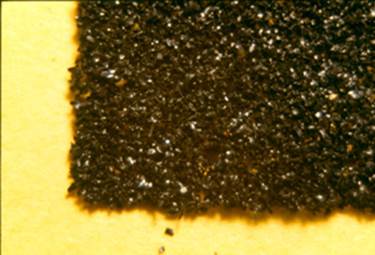
Dirk's plastic powder before (left) and after sintering (right) in his first SLS experimental project
In May 1986, Dyke received a master's degree, continued to pursue a Ph.D. under the guidance of Biman, and received a US$30,000 grant from the National Science Foundation (NSF). In October of the same year, Dyke submitted a patent for selective laser sintering SLS, which was favored by many investors. Dr. Paul F. McClure, Assistant Dean of the Academy of Engineering, and Harold Blair, an entrepreneur, met with Dyke and proposed the idea of ​​commercializing the patent. They then jointly established Nova Automation, the world's first SLS laser sintering company, with a start-up capital of $300,000.
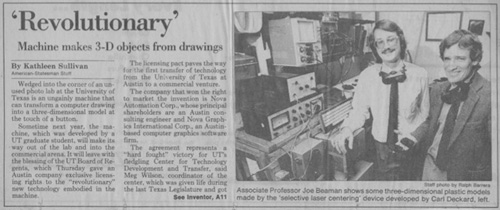
A news clipping from the 1987 Austin American Politician newspaper introducing Nova Automation and its revolutionary 3D printing technology. The picture shows Carl Deckard (left) and Joe Beaman (right).
In 1987, Dyke successfully developed a laser-sintered 3D printer called Besty, and received his Ph.D. in 1988 with the invention of this machine.
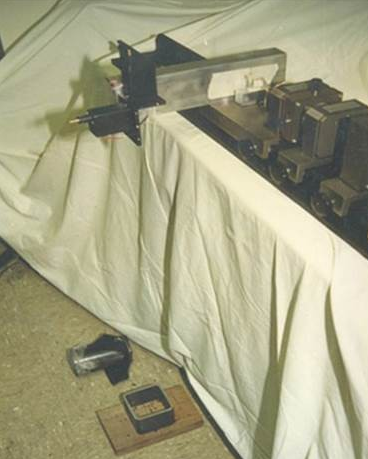
The SLS laser sintering machine developed by Dyke in the early research stage, the predecessor of Besty
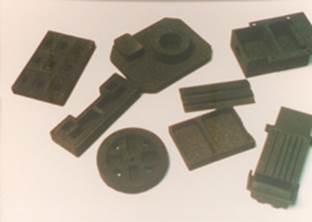
Dyke's parts printed with the Besty laser sintering machine
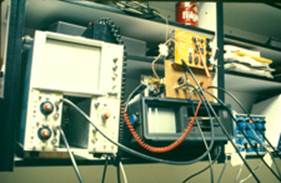
Instrument construction of the Besty machine
In 1989, during his postdoctoral period, Dyke co-developed the new SLS 3D printer, Bambi, with a designer named Paul Forderhase. The Bambi machine is 10 feet (3.1 meters) long, 7 feet (2.1 meters) high and weighs several thousand pounds. This machine serves as a research and industrial production facility for many years at the University of Texas. Nova Automation has been working to improve its technology for commercial use.
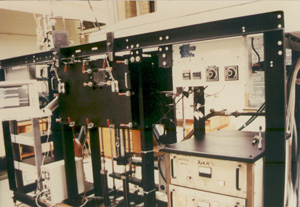
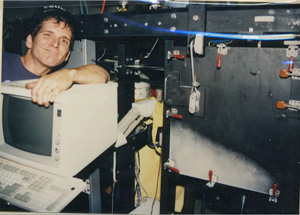
Bambi machine and chief designer PaulForderhase
Plastic parts made with Bambi machines
In February 1989, Nova Automation was officially renamed DTM. DTM is the abbreviation of Desktop Manufacturing, because the media at the time used the "desktop level" to describe the 3D printing device of SLS technology, DTM got its name. Dyke continued to develop the SLS laser sintering system at DTM, and in 1993 developed the first commercially successful SLS device Sinterstation 2000.
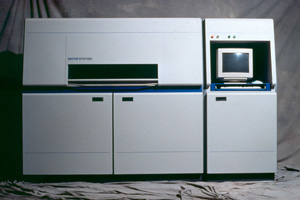
Sinterstation 2000
In 2001, DTM was acquired by 3D Systems for a valuation of $45 million. Dyke became a professor of engineering at Clemson University after DTM was acquired. Three and a half years later, Dyke returned to Austin and began the development of the four-stroke engine Deckard Engine. However, most of Dyke's research time is still in the additive manufacturing project. In 2012, Dyke founded Structured Polymers LLC as one of the founders, working on new polymer materials for SLS equipment.
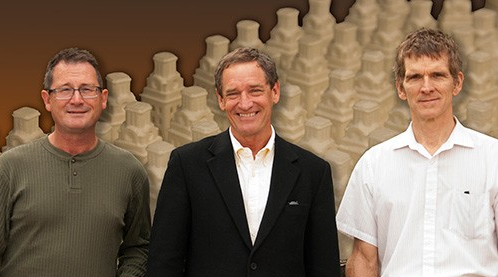
From left to right: Carl Deckard, JoeBeaman and Paul Forderhase were filmed on November 19, 2012. The image in the background is a miniature Texas University tower made by selective laser sintering
(Editor)
The wear resistance, adhesion, corrosion resistance and other properties of copper-free mirrors are better than those of ordinary silver mirrors, and the reflectivity is higher. Copper-free mirrors last longer than regular silver mirrors.
In addition, we also sell Silver Mirror glass, silver mirror commonly known as waterproof mirror, mercury mirror, silver-plated mirror on glass surface, glass mirror, mirror glass, etc. Silver mirrors are widely used in furniture, handicrafts, decoration, bathroom mirrors, cosmetic mirrors, optical mirrors, and car rearview mirrors.
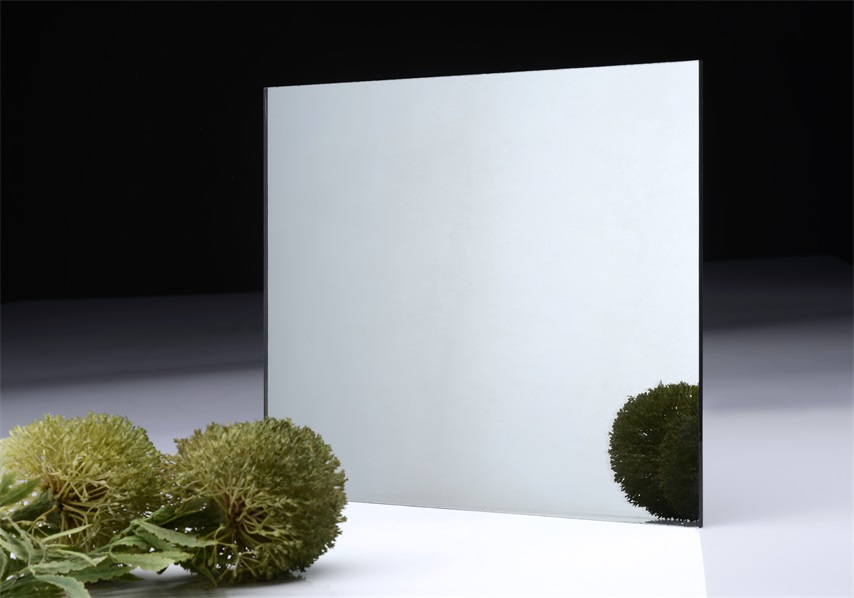
Clear Copper Free Mirror,Clear Copper Free Mirror Edge,Clear Copper Free Mirror Finish,Clear Copper Free Mirror For Bathroom
Dongguan Huahui Glass Manufacturing Co.,Ltd , https://www.antiquemirrorsupplier.com